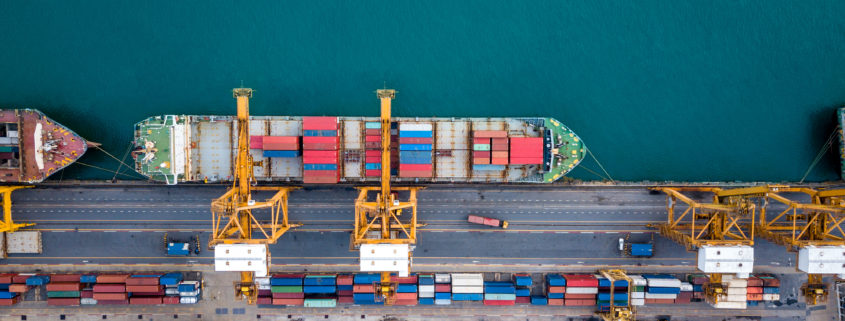Sunil Senapati, Director, Trade Finance, APAC
Bolero has facilitated two significant container shipments into Indonesia and Vietnam, opening up new opportunities in South East Asia.
In the first, an Indian conglomerate used a Bolero electronic bill of lading (eBL) for an open account transaction in support of a cargo shipped to the customer in Indonesia. Although created and transferred securely on the Bolero platform the eBL was converted to paper at the port of discharge, where the cargo was cleared.
In the second transaction, also on open account (not involving banks), the exporter, a large manufacturer of chemicals and metals, used Bolero to support a cargo dispatched from Singapore to its customer in Vietnam, using an Asian carrier.
Each of these transactions demonstrates both the increasing adoption of trade document digitisation in the region, but also the versatility of the Bolero solution. Many shippers and consignees appreciate how digitised trade documents such as bills of lading, slash time, increase security and save costs. But they also understand that until digitisation is universal, they may need to employ hybrid approaches. Bolero allows shippers and consignees to switch easily between paper and digital documents as the situation requires. All parties, including carriers, still benefit hugely from the speed and security of the Bolero platform.
These are also significant transactions because they demonstrate how trade document digitisation is advancing across South East Asia. The region has become a hive of manufacturing activity, hosting the plants and distribution hubs of global giants. This has led to an ever-increasing volume of trade flows and shipping.
South East Asia is also, however, a huge market of 650 million consumers, where global management consultants Bain and Company project digital spending to nearly quadruple to $120.9 billion by 2025, from $31.3 billion last year. Indonesia, Thailand and Vietnam are projected to be the biggest contributors to this growth. Regional GDP is on track to nearly double by 2030.
It may be true that digital integration of South East Asia is still in its early stages and different tariff and regulatory regimes continue to have an impact on the physical movement of goods. Yet Bolero is spearheading the digital transformation of trade on which the region’s prosperity will largely depend.
There are promising signs already. The United Nations Conference on Trade and Development (UNCTAD) liner shipping connectivity index, for example, rates Vietnam as the fifth-best-connected country in Asia in terms of its position within the global liner shipping network. With effective trade digitisation, the region will be able to realise its full potential. As UNCTAD said in its 2018 Review of Maritime Transport: “For shipping to tap the trade potential arising from e-commerce, operators need to adapt, leverage technology for greater efficiencies.”
As we move forward we can expect to see digitisation rise rapidly among Asian exporters, carriers and ports. Right across the region, all parties will grasp how digital trade documents such as bills of lading reduce costs and opportunities for fraud, while hugely increasing the efficiency of trade. On some estimates, paper documents account for 15 per cent of the cost of transport. Slashing those costs and removing the delays of paper is a proposition that no exporter or importer can resist.




